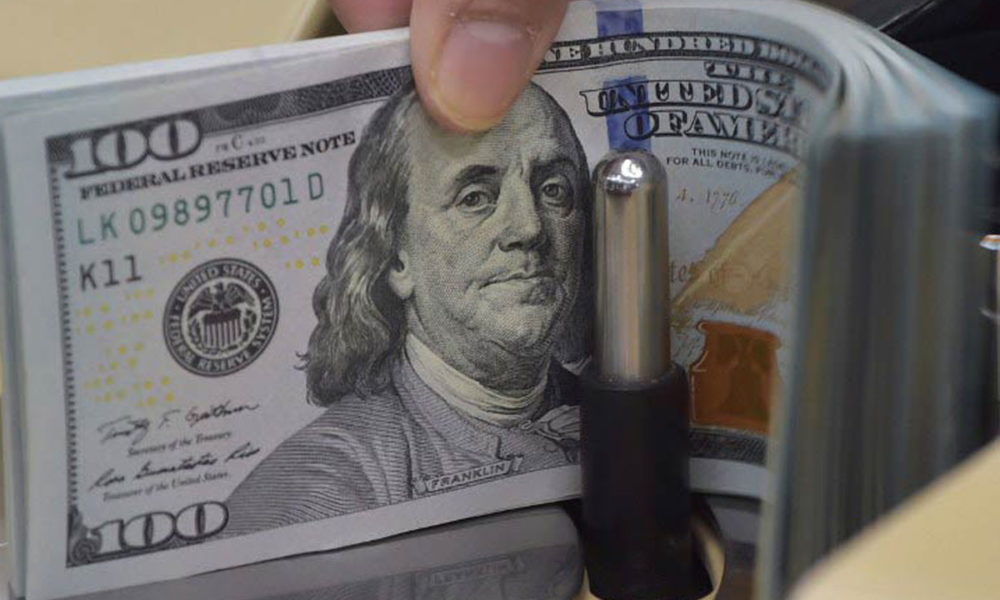Finance
Nigeria’s External Debt Rises by N560 Billion on Weaker Naira
Nigeria’s total external debt has increased by N560.048 billion in the last eight months, according to the analysis done by Investors King.

Nigeria’s total external debt has increased by N560.048 billion in the last eight months, according to the analysis done by Investors King.
Economic uncertainty amid chronic foreign exchange (forex) scarcity has plunged the Nigerian Naira from N414.11/US$1 recorded on 21st December 2021 to N428.122 as of August 4, 2022 at the Investors and Exporters (I&E) Forex Window, Nigeria’s official forex rate.
According to the latest Debt Management Office (DMO) report, Nigeria’s external debt stood at $39.969.19 billion as of March 31, 2022. A quick analysis revealed that $39.969.19 billion would have been N16.552 trillion in December 2021 if the nation’s exchange rate had remained at N414.11 to the U.S. Dollar.
However, because of the continuous decline in the value of the Nigerian Naira, the nation’s external debt now stood at N17.112 trillion, using the N428.122 exchange rate. This means the Nigerian nation has incurred a sum of N560.048 billion between December 21st, 2021 and August 4, 2022.
A breakdown of Nigeria’s external debt showed that Africa’s largest economy borrowed $18.957 billion or 47.43% of the total external debt from multilateral financial institutions, International Monetary Fund, the World Bank Group and the African Development Bank Group.
While the bilateral loan from China, France, Japan, India and Germany accounted for $4.495 billion or 11.25%. Nigeria raised $15.918 billion or 39.83%.
The country raised $15.918 billion or 39.83% via bonds. Promissory notes constituted $597.75 million or 1.50%.